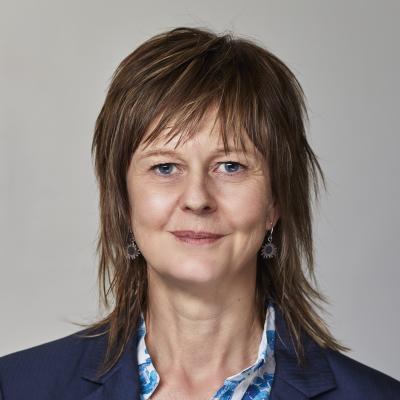Consumer-owned energy assets could provide $19 billion economic boost by 2040

Households and businesses to benefit from lower energy bills
Key Takeaways:
Distributed energy resources (DER) such as rooftop solar, electric vehicles and smart appliances could deliver economic benefits for Australia of at least $19 billion by 2040.
IEEFA conducted a meta-analysis of nine studies of DER identifying these significant economic benefits, along with a further potential consumer benefit of $10 billion in reduced generator super-profits.
Further research is required to fully understand the economic value of rooftop solar, battery storage and flexible demand.
Action is urgently needed for Australia to realise the potential of DER to help foster our economic prosperity. DER must be treated on equal terms as large-scale generation and storage in terms of policy, planning and regulation.
16 February 2024 - (IEEFA Australia): A new report from the Institute for Energy Economics and Financial Analysis (IEEFA) has for the first time examined the full range of economic benefits of distributed energy resources (DER), including rooftop solar, electric vehicles and smart appliances.
“This meta-analysis shows there are at least $19 billion available in reduced or avoided network, generation and costs by 2040 if we make the most of these consumer-owned resources,” said the report’s author, IEEFA Guest Contributor and DER specialist, Dr Gabrielle Kuiper. “Then there is another $10 billion in reduced generator super-profits from flattening the evening and summer peaks.”
Dr Kuiper added that government and industry must act quickly and courageously to ensure that the opportunity represented by DER integration is not squandered.
“For every day that passes without significant reform to support DER, these benefits reduce,” she said. “This shows the importance of urgent action to prioritise the implementation of technical, regulatory and market reforms to integrate DER into the National Electricity Market.”
IEEFA examined four studies of the benefits of individual types of DER such as hot water systems, and five studies of the collective benefits of DER. These studies showed that the potential economic benefits of DER are significant. However, none of the studies examined was fully comprehensive. This indicates there is a need for further nationwide research into the economic benefits of DER.
“DER is the Swiss Army knife of the electricity system. Not only can it provide generation, storage and flexible demand, but when coordinated, it can provide network services, emergency power supplies and ancillary services to support the whole electricity system. We are only beginning to understand its potential,” said Dr Kuiper.
“If we want to underpin Australia’s future economic prosperity, with lower electricity and transport costs, and electrification to eliminate our dependence on gas prices, we need courageous action on DER integration. DER must not come second in policy, planning and regulation to large-scale generation and transmission. It must be considered on equal terms, with more thoughtful recognition of its multiple benefits, as outlined in this report.”
The report includes significant insights about DER, including that:
- Ensuring flexibility is vital to unlock value from electrification and to minimise the costs of the energy transition. Flexible demand is the necessary partner to variable renewable energy. Therefore we need to ensure electric appliances that replace gas ones have built-in flexibility. Policy and programs are needed that optimise flexibility at every possible opportunity, for example, by ensuring all major household appliances such as hot water systems can be turned up or down, and that consumers can be paid for flexing their demand.
- DER is capable of providing network services, but the current capex-bias in existing economic regulation is likely to prevent optimal outcomes for consumers. There is an urgent need for a first-principles review of distribution network revenue regulation. The distribution networks have a completely different role in a high-DER world to that of 20 years ago, and how they are remunerated needs to reflect this.
- Distribution network businesses urgently need to implement dynamic operating envelopes (DOEs or flexible exports) to realise the value of DER. DOEs allow households to export more solar when there is the capacity available on the local grid. A cost-benefit analysis for Project Edge in Victoria showed that $5 billion of the $6 billion in benefits (net present value to 2042) were related to the value unlocked by increasing DER exports through the implementation of DOEs.
Read the report: DER could provide $19 billion economic boost by 2040
Media contact: Amy Leiper, ph 0414 643 446, [email protected]
About IEEFA: The Institute for Energy Economics and Financial Analysis (IEEFA) examines issues related to energy markets, trends, and policies. The Institute’s mission is to accelerate the transition to a diverse, sustainable and profitable energy economy. (ieefa.org)











